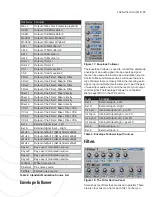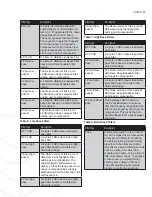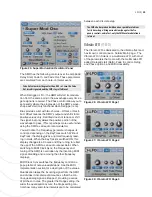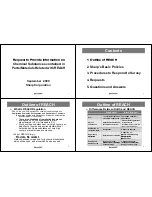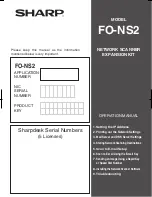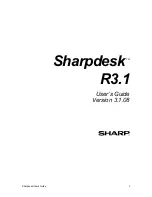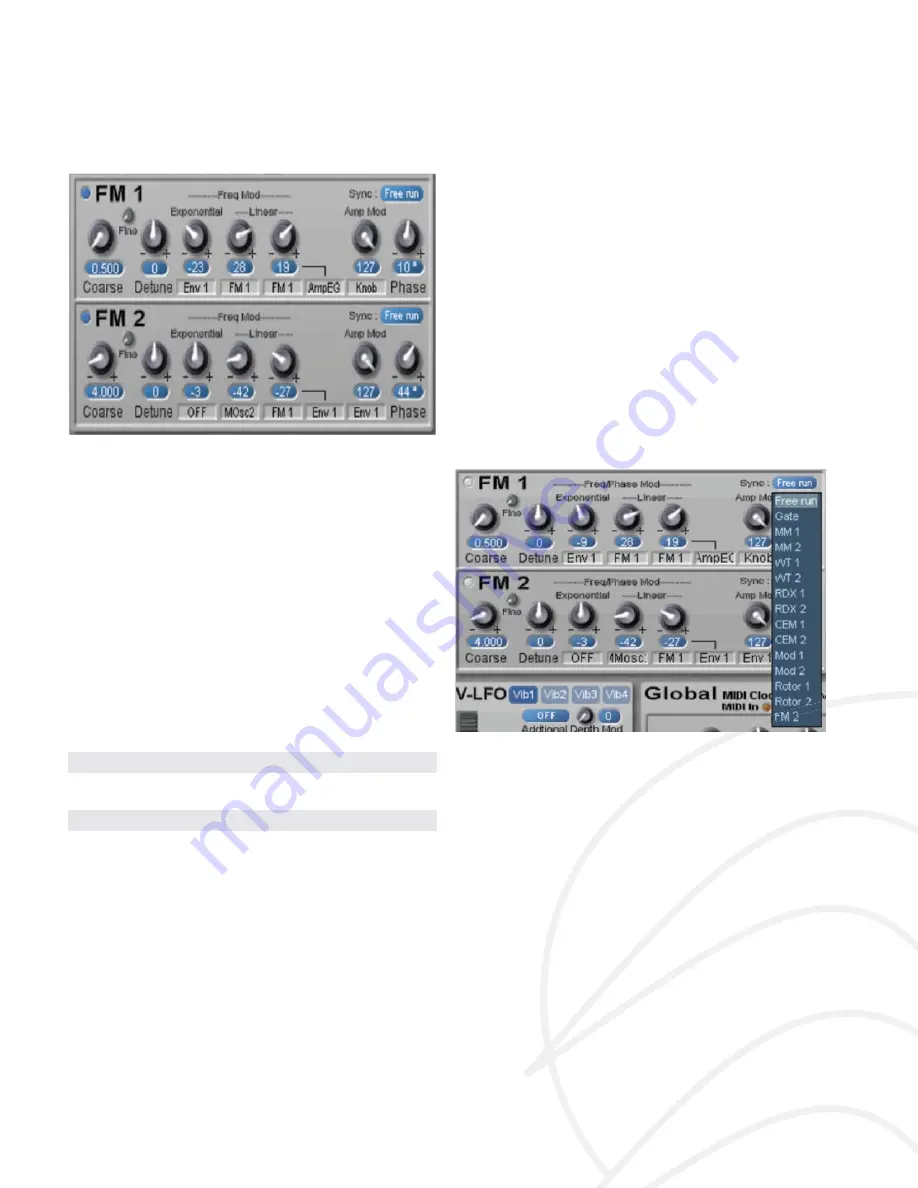
14
| SOLARIS SYNTHESIZER
FM Oscillators
(FM)
Figure 12: FM Oscillator Pair
FM synthesis generates sound by modulating the fre-
quency of a simple waveform (the carrier) with another
waveform (the modulator or operator). The frequency of
the modulating wave affects the rate of change of the
frequency of the carrier, and the amplitude of the modu-
lator affects the amount of change in the frequency of
the carrier. The operator’s waveform is not necessarily
in the signal path, it is used to control the frequency of
the carrier. Solaris has two dedicated FM oscillators,
each of which produces a sine wave that acts as the
carrier for FM synthesis. The more complex the modu-
lating waveform, the more complex the waveform out-
put by the FM Oscillator will be due to the generation of
additional sidebands. It is possible to generate noise by
over-modulating the carrier wave.
Solaris provides two mechanisms for modulating the frequen-
cy of the carrier wave, Exponential Frequency Modulation
and Linear Frequency Modulation, which allows extremely
complex waveforms to be generated by the FM oscillators.
Linear Frequency Modulation
When using Linear Frequency Modulation, the amount
of modulation applied to the oscillator by the carrier
can be controlled in several different ways. Each FM
Oscillator has two Linear Frequency Modulation paths.
The
fi
rst path allows the amount of modulation (the
FM Index) to be set by the corresponding knob. The
second linear modulation path allows the initial modula-
tion index to be set by the knob, and then a modulation
source applied to that path (sidechain modulation con-
trol). For example, an LFO could be used to modulate
the amount of frequency modulation provided by the
carrier speci
fi
ed in Linear Frequency Modulation path
2. In addition, if you are using one of the FM Oscillators
as the modulator ( operator) for the other FM Oscillator
(or to itself, a technique called Feedback FM), the Amp
Mod control is used to control the amount of frequency
modulation. The Amp Mod control can be set by the
knob or by any of the modulation sources listed in its
source selector.
Sync
When using the FM oscillators to modulate the carrier
similar to the DX7 (which is reportedly actually phase
modulation), you need to lock the phases of the carrier
and modulator wave together; otherwise you will get
small inconsistencies in the sound, especially if you are
generating very high harmonics. Free Run/ Gate Sync
allows you to synchronize the two FM oscillators to-
gether. The Sync control also allows ‘normal’ hard sync
coupling with any of the other tuned sound sources
listed.
Figure 13: FM Oscillator Sync Options
Phase Control
This control allows you to offset or adjust the phase of
each of each FM oscillator, when in Sync mode.
Special Sound Sources
Solaris provides a number of sound sources that do
not actually produce sound on their own. Rather, they
process the output of other sound sources in order to
produce complex, animated sounds.



















